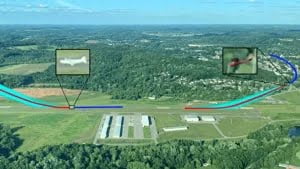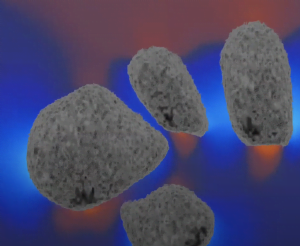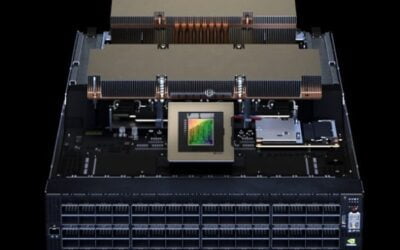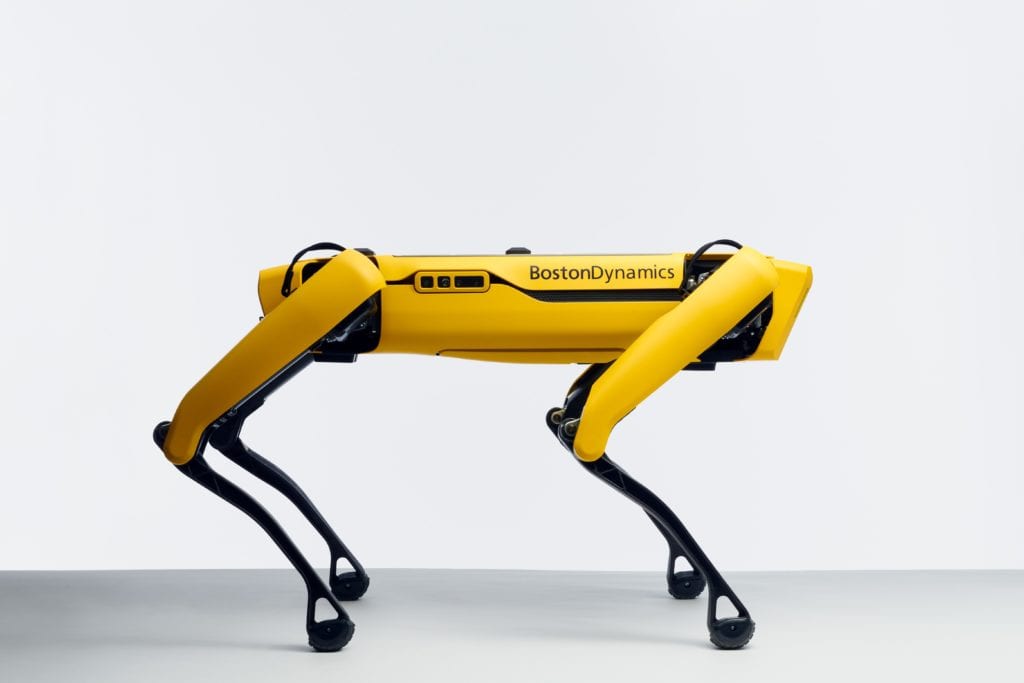Robotics News
University of Chicago Joins Global Partnerships to Advance Quantum Computing
For decades, scientists have dreamed about the incredible potential of a supercomputer powered by quantum technology. New partnerships involving the University of Chicago will bring together global leaders in education and technology to enable the next generation of...
NSF-Sponsored Study Exploits Quantum Physics for Superior Wireless Device Security
From access cards and key fobs to Bluetooth speakers, the security of communication between wireless devices is critical in maintaining privacy and preventing theft. Unfortunately, these tools are not foolproof and information on how to hack, clone and bypass these...
Researchers at the University of Warsaw Develop New Technique That Makes Quantum Information Transmission Dozens of Times Faster
Researchers at the the University of Warsaw’s Faculty of Physics have developed a new, highly efficient technique that makes quantum information transmission dozens of times faster. The results of the research, published in the journal Nature Photonics, may in the...
CMU Robotics Institute AIs Learn New Tasks with Unprecedented Flexibility
Artificial intelligence is great at doing specific tasks. But AI algorithms tend to be inflexible, not able to pick up new jobs without extensive re-refinement. The AirLab team at Carnegie Mellon University’s Robotics Institute has used PSC’s Bridges-2 system to...
UIUC Researchers Redefine Size Limits in Quantum Tech with Miniaturized Quadrupole Topological Insulators
In 2018, Illinois researchers were among the first to experimentally demonstrate a new phase of matter called a quadrupole topological insulator — a unique species of material that can lend a helping hand in the search for new quantum technologies. Now, several years...
Ukrainian tractor automation company develops homegrown demining solution
The Ukrainian Efarm.Pro company developed an unmanned solution for demining farm fields ahead of the upcoming planting season. Efarm.Pro is a manufacturer and distributor of agricultural equipment, precision farming systems and has been integrating the latest...
Overcoming Barriers in Carbon Capture: Advanced Supercomputing Addressing CLR’s Bubbling Issue
Bubbles could block a promising technology that would separate carbon dioxide from industrial emissions, capturing the greenhouse gas before it contributes to climate change. A team of researchers with backing from the Department of Energy’s Exascale Computing Project...
Nvidia Launches Spectrum-X Networking Platform for Generative AI
Nvidia launched a new Ethernet-based networking platform – the Nvidia Spectrum-X – that targets generative AI workloads. Based on tight coupling of the Nvidia Spectrum-4 Ethernet switch with the Nvidia BlueField-3 DPU, Spectrum-X delivers 1.7x better overall AI...
‘Noise-Cancelling’ Qubits Developed at Uchicago to Minimize Errors in Quantum Computers
Despite their immense promise to solve new kinds of problems, today’s quantum computers are inherently prone to error. A small perturbation in their surrounding environment— a change in temperature, pressure, or magnetic field, for instance—can disrupt their fragile...
Supercomputer Simulations Explain Life-Critical Protein in the Brain
The fourth most common neurological disorder in the world is epilepsy, according to the Epilepsy Foundation. Individuals who have the disorder experience surges of electrical activity in their brains that can cause recurring seizures. At the base of those electrical...
ASTM announces legged robotics subcommittee
ASTM International’s F45 Committee on Robotics, Automation and Autonomous Systems recently approved the creation of a new subcommittee for legged robots. The post ASTM announces legged robotics subcommittee appeared first on The Robot Report.
PACE Staffing Solutions is a 2023 Inc. 5000 honoree
We are thrilled to debut on the Inc 5000 list with such an amazing group of companies. Congrats to our team at PACE, we could not have done this without you! Thank you to our clients and candidates for trusting us with your careers and growth. PACE Staffing Solutions:...












